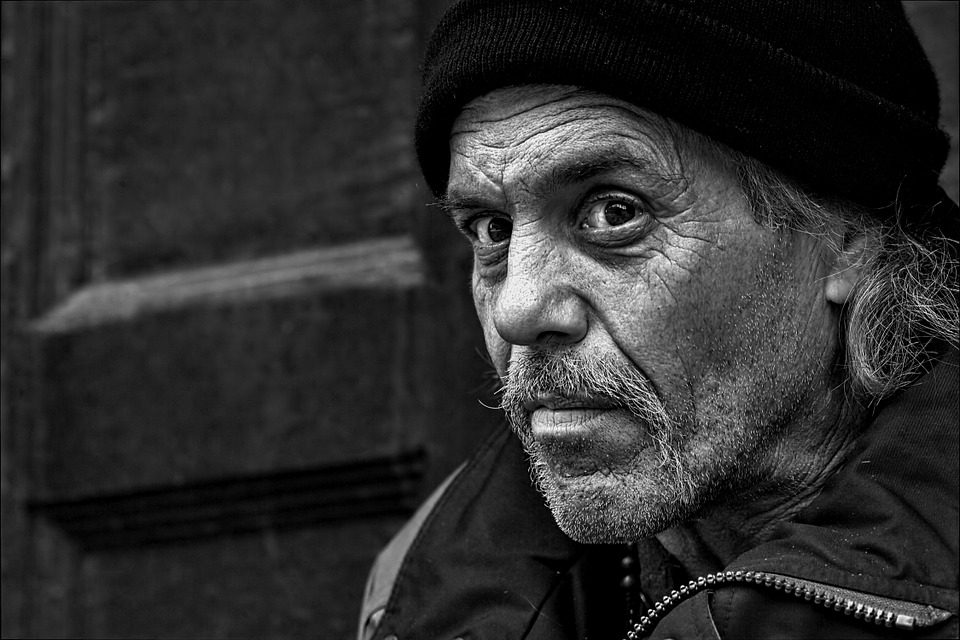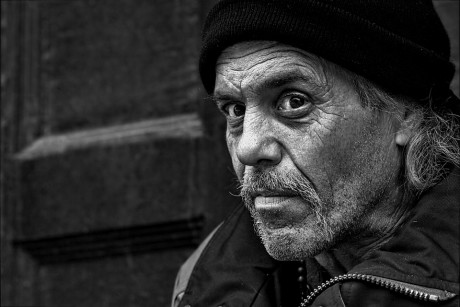 Over the past decade, an unprecedented stock market boom has created thousands upon thousands of new millionaires, and yet the middle class in America has continued to shrink. How is that even possible? At one time the United States had the largest and most vibrant middle class in the history of the planet, but now the gap between the wealthy and the poor is the largest that it has been since the 1920s. Our economy has been creating lots of new millionaires, but at the exact same time we have seen homelessness spiral out of control in our major cities. Today, being part of the middle class is like playing a really bizarre game of musical chairs. Each month when the music stops playing, those of us still in the middle class desperately hope that we are not among the ones that slip out of the middle class and into poverty. Well over 100 million Americans receive money or benefits from the federal government each month, and that includes approximately 40 percent of all families with children. We are losing our ability to take care of ourselves, and that has frightening implications for the future of our society.
Over the past decade, an unprecedented stock market boom has created thousands upon thousands of new millionaires, and yet the middle class in America has continued to shrink. How is that even possible? At one time the United States had the largest and most vibrant middle class in the history of the planet, but now the gap between the wealthy and the poor is the largest that it has been since the 1920s. Our economy has been creating lots of new millionaires, but at the exact same time we have seen homelessness spiral out of control in our major cities. Today, being part of the middle class is like playing a really bizarre game of musical chairs. Each month when the music stops playing, those of us still in the middle class desperately hope that we are not among the ones that slip out of the middle class and into poverty. Well over 100 million Americans receive money or benefits from the federal government each month, and that includes approximately 40 percent of all families with children. We are losing our ability to take care of ourselves, and that has frightening implications for the future of our society.
One of the primary reasons why our system doesn’t work for everyone is because virtually everything has been financialized. In other words, from the cradle to the grave the entire system has been designed to get you into debt so that the fruits of your labor can be funneled to the top of the pyramid and make somebody else wealthier. The following comes from an excellent Marketwatch article entitled “The American Dream is getting smaller”…
More worrying, perhaps: 33% of those surveyed said they think that dream is disappearing. Why? They have too much debt. “Americans believe financial security is at the core of the American Dream, but it is alarming that so many think it is beyond their reach,” said Mike Fanning, head of MassMutual U.S.
Almost everyone that will read this article will have debt. In America today, we are trained to go into debt for just about everything.
If you want a college education, you go into debt.
If you want a vehicle, you go into debt.
If you want a home, you go into debt.
If you want that nice new pair of shoes, you don’t have to wait for it. Just go into more debt.
As a result, most Americans are currently up to their necks in red ink…
Some 64% of those surveyed said they have a mortgage, 56% said they had credit-card debt and 26% said they have student-loan debt. Many surveyed said they don’t feel financially secure. More than a quarter said they wish they had better control of their finances.
You would have thought that we would have learned from the very hard lessons that the crisis of 2008 taught us.
But instead, we have been on the greatest debt binge in American history in recent years. Here is more from the Marketwatch article…
It makes sense that debt is on Americans’ minds. Collectively, Americans have more than $1 trillion in credit-card debt, according to the Federal Reserve. They have another $1.5 trillion in student loans, up from $1.1 trillion in 2013. Motor vehicle loans are now topping $1.1 trillion, up from $878.5 billion in 2013. And they have another nearly $15 trillion in mortgage debt outstanding.
That is one huge pile of debt.
We criticize the federal government for running up 21 trillion dollars in debt, and rightly so, but American consumers have been almost as irresponsible on an individual basis.
As long as you are drowning in debt, you will never become wealthy. In order to build wealth, you have got to spend less than you earn, but most Americans never learn basic fundamentals such as this in our rapidly failing system of public education.
Many Americans long to become financially independent, but they don’t understand that our system is rigged against them. The entire game is all about keeping consumers on that debt wheel endlessly chasing that piece of proverbial cheese until it is too late.
Getting out of debt is one of the biggest steps that you can take to give yourself more freedom, and hopefully this article will inspire many to do just that.
To end this article today, I would like to share 14 facts about how the middle class in America is shrinking that I shared in a previous article…
#1 78 million Americans are participating in the “gig economy” because full-time jobs just don’t pay enough to make ends meet these days.
#2 In 2011, the average home price was 3.56 times the average yearly salary in the United States. But by the time 2017 was finished, the average home price was 4.73 times the average yearly salary in the United States.
#3 In 1980, the average American worker’s debt was 1.96 times larger than his or her monthly salary. Today, that number has ballooned to 5.00.
#4 In the United States today, 66 percent of all jobs pay less than 20 dollars an hour.
#5 102 million working age Americans do not have a job right now. That number is higher than it was at any point during the last recession.
#6 Earnings for low-skill jobs have stayed very flat for the last 40 years.
#7 Americans have been spending more money than they make for 28 months in a row.
#8 In the United States today, the average young adult with student loan debt has a negative net worth.
#9 At this point, the average American household is nearly $140,000 in debt.
#10 Poverty rates in U.S. suburbs “have increased by 50 percent since 1990”.
#11 Almost 51 million U.S. households “can’t afford basics like rent and food”.
#12 The bottom 40 percent of all U.S. households bring home just 11.4 percent of all income.
#13 According to the Federal Reserve, 4 out of 10 Americans do not have enough money to cover an unexpected $400 expense without borrowing the money or selling something they own.
#14 22 percent of all Americans cannot pay all of their bills in a typical month.
This article originally appeared on The Economic Collapse Blog. About the author: Michael Snyder is a nationally syndicated writer, media personality and political activist. He is publisher of The Most Important News and the author of four books including The Beginning Of The End and Living A Life That Really Matters.

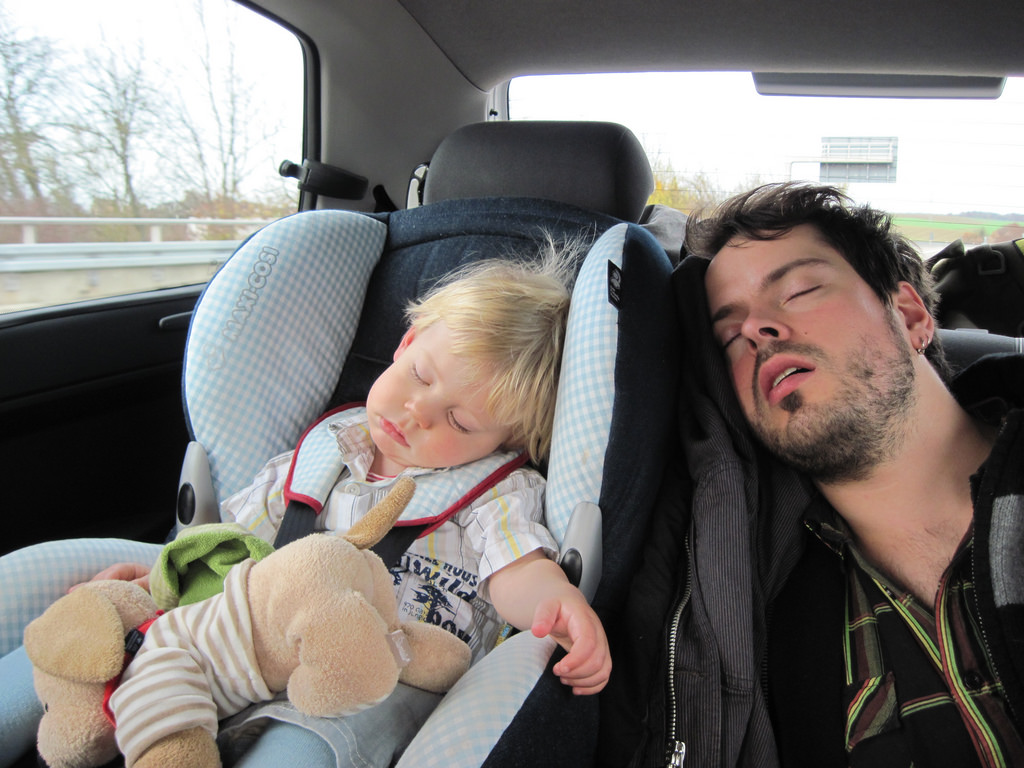
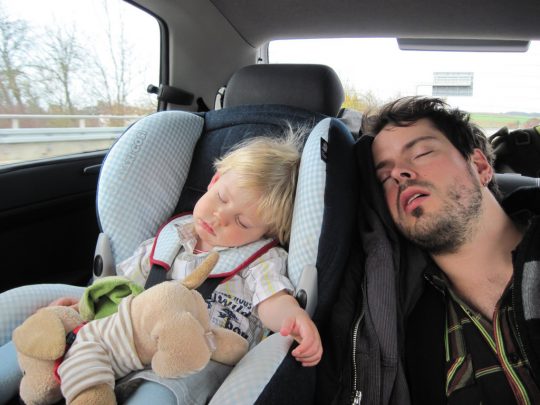
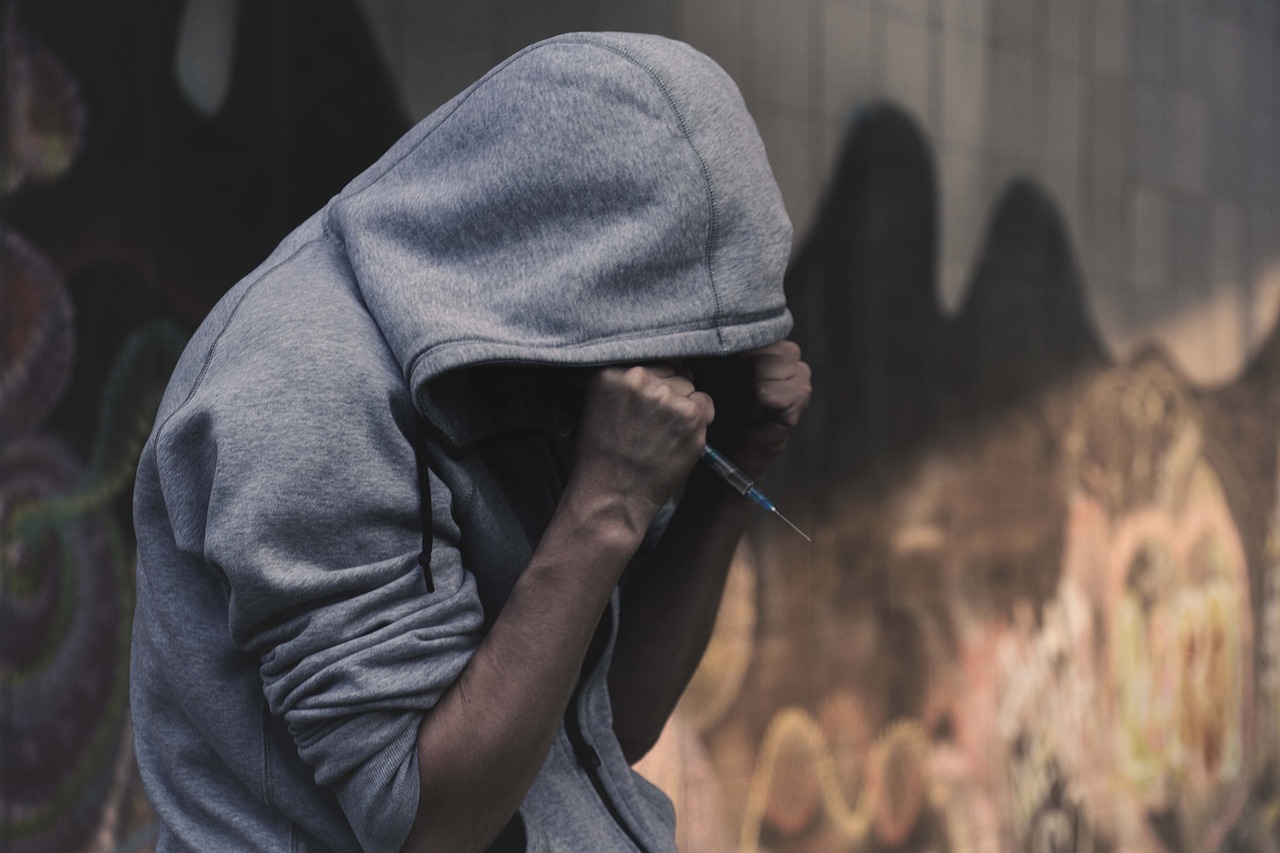
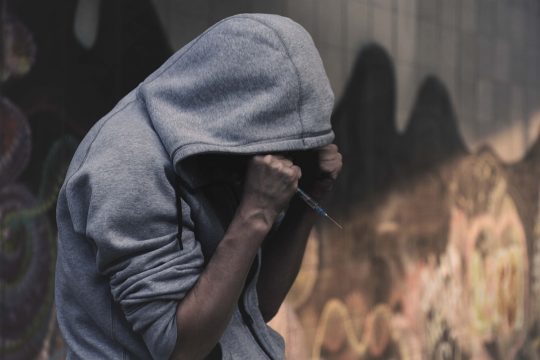
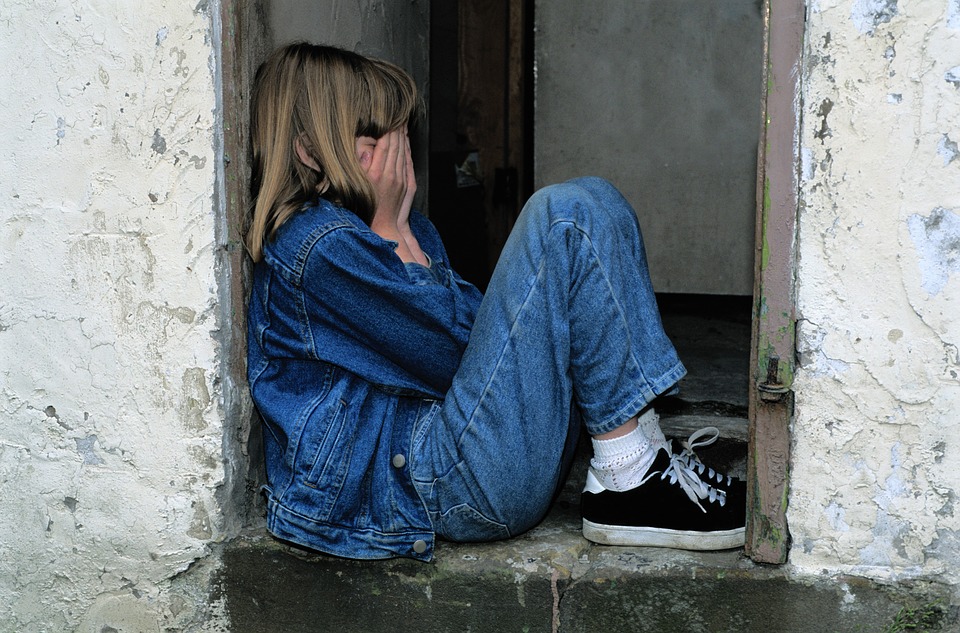
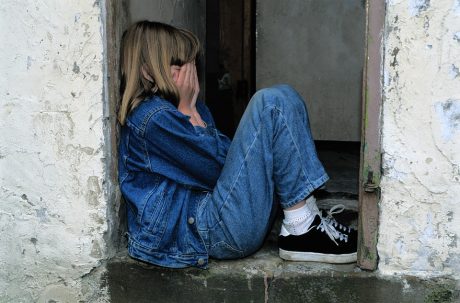
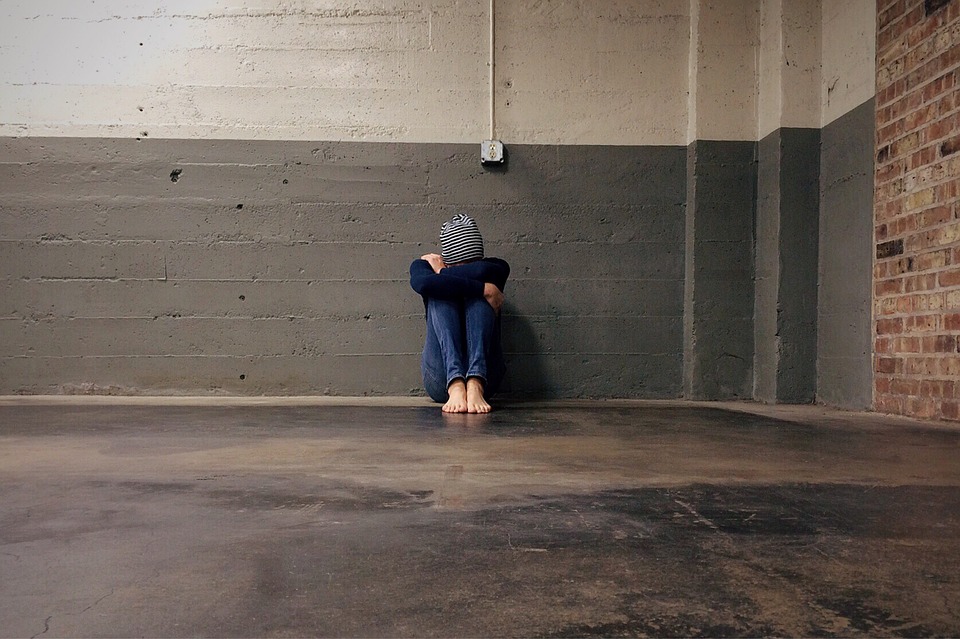
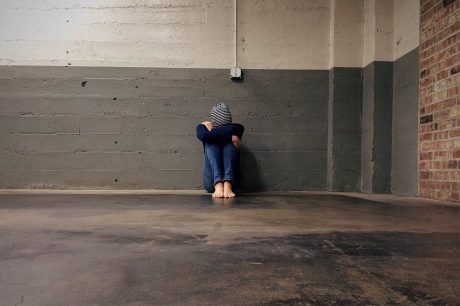
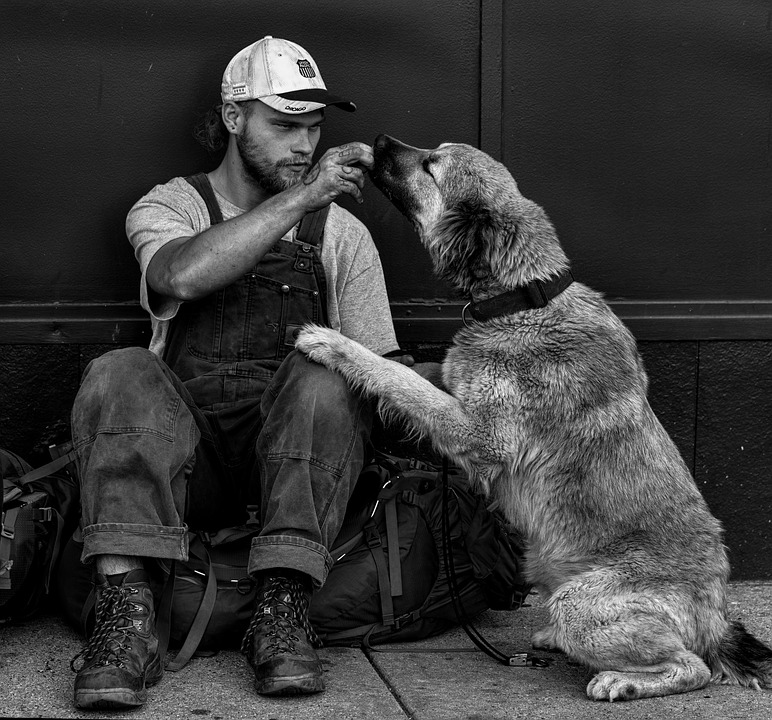
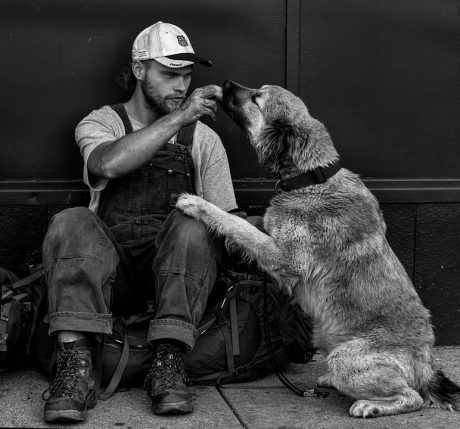

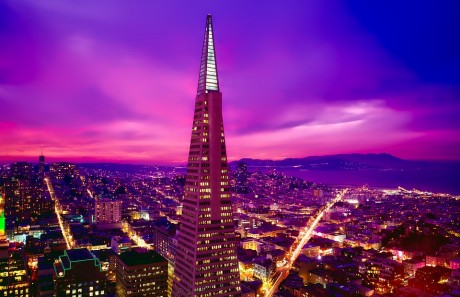 It has been said that “as California goes, so goes the nation”. That is why it is such a shame what is happening to that once great state. At one time, California seemed to be the epicenter of the American Dream. Featuring some of the most beautiful natural landscapes in the entire world, the gorgeous weather and booming economy of the state inspired people from all over the world to move to the state. But now people are moving out of the state
It has been said that “as California goes, so goes the nation”. That is why it is such a shame what is happening to that once great state. At one time, California seemed to be the epicenter of the American Dream. Featuring some of the most beautiful natural landscapes in the entire world, the gorgeous weather and booming economy of the state inspired people from all over the world to move to the state. But now people are moving out of the state 